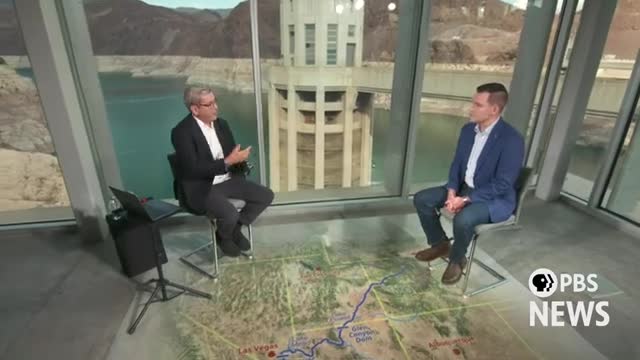California and Mexico forge historic water conservation agreement

This article was created by AI summarizing key points discussed. AI makes mistakes, so for full details and context, please refer to the video of the full meeting. Please report any errors so we can fix them. Report an error »

In a recent government meeting, California officials discussed the urgent need for collaborative water management strategies concerning the Colorado River, highlighting the ongoing challenges posed by a structural deficit in water supply. The discussions underscored the importance of reaching a consensus among various stakeholders, including urban centers and agricultural regions like the Imperial Valley, to ensure sustainable water use.
California has committed to generating 3 million acre-feet of water through conservation efforts, with an additional 1.5 million acre-feet reduction in usage agreed upon with Mexico. This initiative aims to address the visible consequences of over-extraction, such as the \"bathtub ring\" observed in Lake Mead, and to rebuild reservoir storage for enhanced resilience.
Farmers in the Imperial Valley are actively participating in large-scale conservation programs, exceeding existing requirements to help maintain water levels in Lake Mead. The Imperial Irrigation District is collaborating with the Bureau of Reclamation to implement a deficit irrigation program, which involves idling summer forage crops to conserve water.
Negotiations among the seven Colorado River basin states have been described as challenging, particularly during earlier discussions when California faced scrutiny from other states. However, recent efforts have led to improved relationships and a more cooperative approach to managing the river's resources. California's agreement to a 10% cut in water usage was acknowledged as a difficult but necessary decision to foster long-term sustainability and collaboration among stakeholders.
California has committed to generating 3 million acre-feet of water through conservation efforts, with an additional 1.5 million acre-feet reduction in usage agreed upon with Mexico. This initiative aims to address the visible consequences of over-extraction, such as the \"bathtub ring\" observed in Lake Mead, and to rebuild reservoir storage for enhanced resilience.
Farmers in the Imperial Valley are actively participating in large-scale conservation programs, exceeding existing requirements to help maintain water levels in Lake Mead. The Imperial Irrigation District is collaborating with the Bureau of Reclamation to implement a deficit irrigation program, which involves idling summer forage crops to conserve water.
Negotiations among the seven Colorado River basin states have been described as challenging, particularly during earlier discussions when California faced scrutiny from other states. However, recent efforts have led to improved relationships and a more cooperative approach to managing the river's resources. California's agreement to a 10% cut in water usage was acknowledged as a difficult but necessary decision to foster long-term sustainability and collaboration among stakeholders.
View full meeting
This article is based on a recent meeting—watch the full video and explore the complete transcript for deeper insights into the discussion.
View full meeting